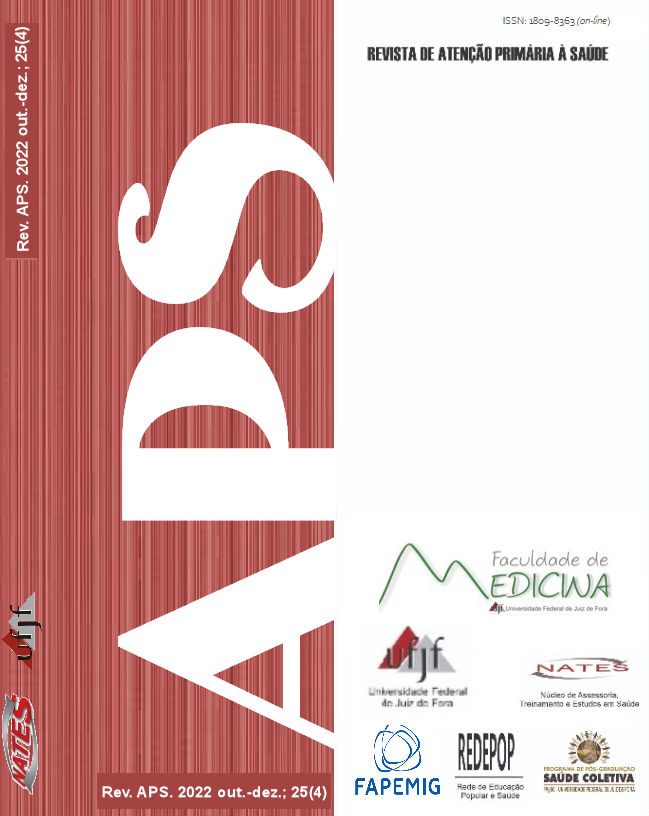Organização e dificuldades no rastreamento do câncer do colo do útero na perspectiva dos profissionais da Atenção Primária à Saúde
DOI:
https://doi.org/10.34019/1809-8363.2022.v25.35260Keywords:
Atenção Primária à Saúde, Neoplasias do Colo do Útero, Programas de Rastreamento, Acesso aos Serviços de Saúde, Registros Eletrônicos de SaúdeAbstract
Difficulties in screening uterine cancer were studied from the perspective of Primary Health Care professionals. This is a descriptive-exploratory study, with 34 semi-structured interviews, which were, recorded, transcribed verbatim and submitted to thematic analysis. The chosen samples were the ones with average coverage (30.38%) closer to the municipality average (30.93%) in the year 2015: 4 units with less than 30% coverage, one unit with medical residency (36.64%) and the unit with the greater area coverage (56.86%). We also studied the most prominent unit in the municipality (89.18%). It was detected both difficulty in attracting the women and large volumes of patients per team, negatively impacting coverage. High absenteeism among the women suggests bond or cultural issues. There are no issues with management of the electronic medical record, but tests performed outside the units are not accounted for. In the clinics with the highest coverages, there was greater effort by the local manager in monitoring this key performance indicator, generating greater motivation and involvement of professionals in various attraction strategies, suggesting that the management issue is key for the best coverage index.









